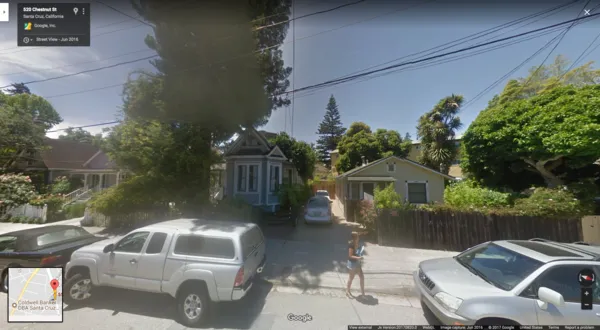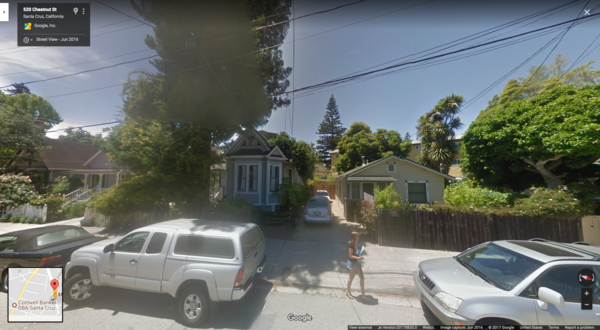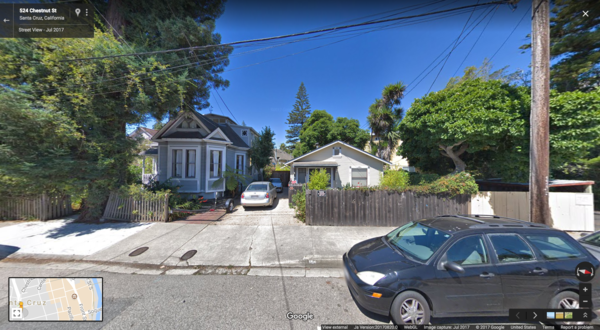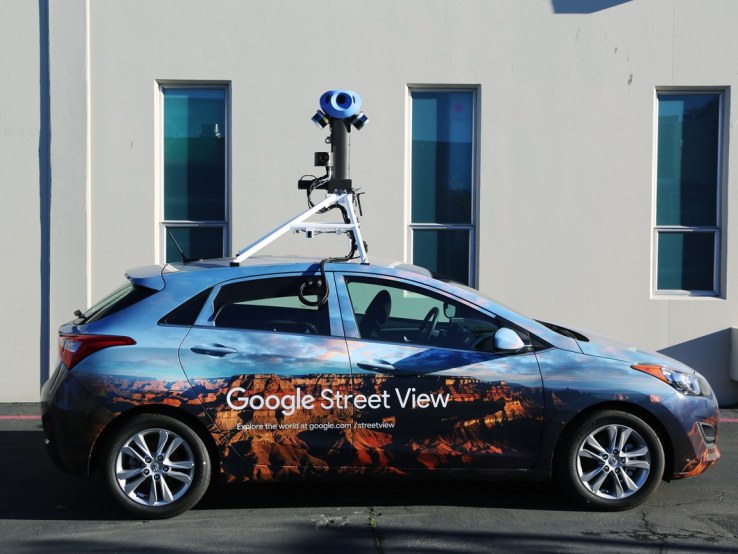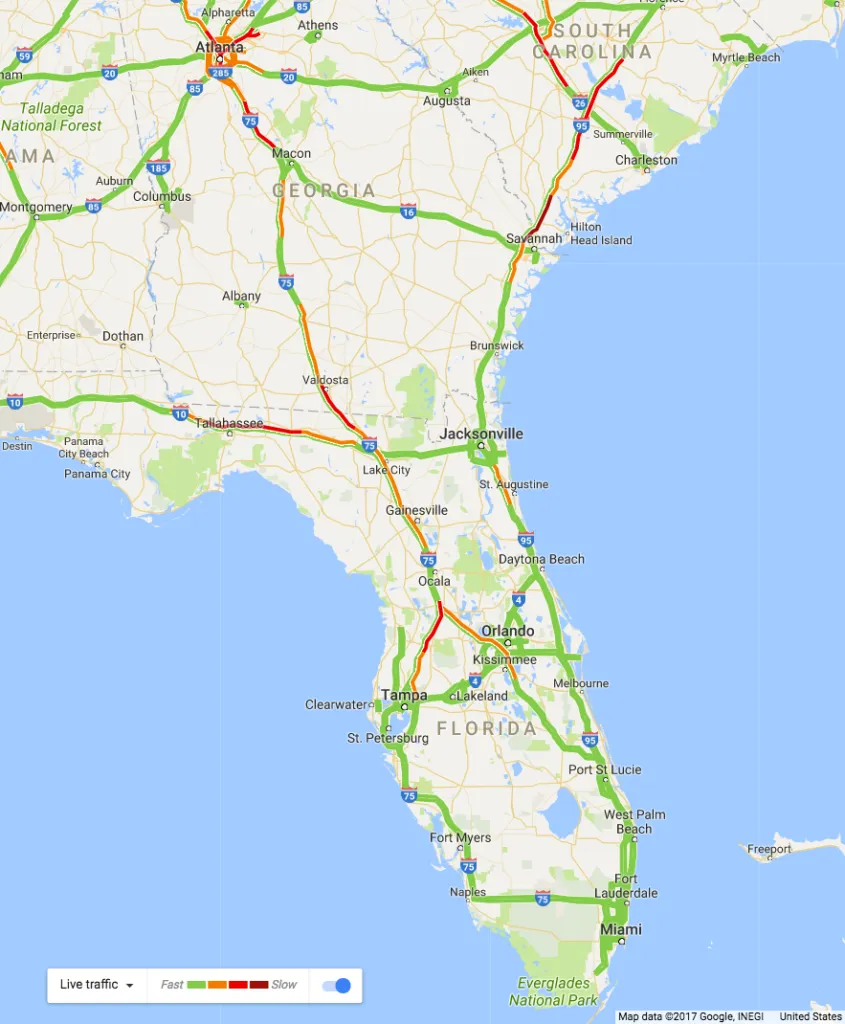
Stuck in Florida? Check Google Maps for real-time road closure updates
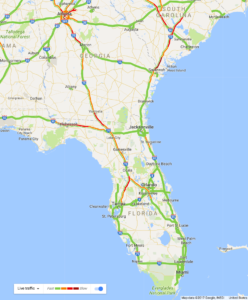 As Florida braces for Hurricane Irma’s impact over this weekend, Governor Rick Scott is urging citizens to leverage technology to stay safe and updated about the situation on the ground. The state’s disaster preparation officials are working with Google’s crisis response team to reflect road closures in Google Maps in real-time.
As Florida braces for Hurricane Irma’s impact over this weekend, Governor Rick Scott is urging citizens to leverage technology to stay safe and updated about the situation on the ground. The state’s disaster preparation officials are working with Google’s crisis response team to reflect road closures in Google Maps in real-time.
Gov. Scott said in a press conference, “We have traffic cameras on every major roadway in the state and are clearing traffic issues in real-time, so we can keep people moving.” So, if the state is forced to close any roads in the aftermath of the storm, a quick Google Search will allow people to find out the state of the road network around them.
Though Google’s crowdsourcing app Waze also reflects real-time traffic alerts submitted by users, incorporating road closure information directly into Google Maps will save the precious time of people looking to evacuate and help them navigate around closed roads quickly.
Google also released a statement about its efforts, saying, “Our thoughts are with those affected by Hurricane Irma. To provide access to accurate and useful transportation information, we use algorithmic and manual methods to account for everyday and emergency road closures. We’re working directly with Florida officials to help provide up-to-date information to those affected by the storm. These road closures will also appear on our Irma Crisis Map, embedded as part of our SOS Alert on Search.”
Technology-driven disaster response
Apart from Google Maps, the state also officially recommended using the Gas Buddy app to find out which filling stations had fuel available, and which were not operational. Gas Buddy has updated its app to reflect easy-to-read ‘no gas’ and ‘no power’ symbols. Gov. Scott also noted that travel site Expedia will be updating hotel occupancy rates in real-time. And we have already seen during Hurricane Harvey how Snapchat’s location-sharing tool Snap Map became the go-to resource for people trying to check on their family, friends, and family.
It’s in times like these that you truly understand how spatial technologies help people to come together in a focused manner and give them the information they need much more quickly.






